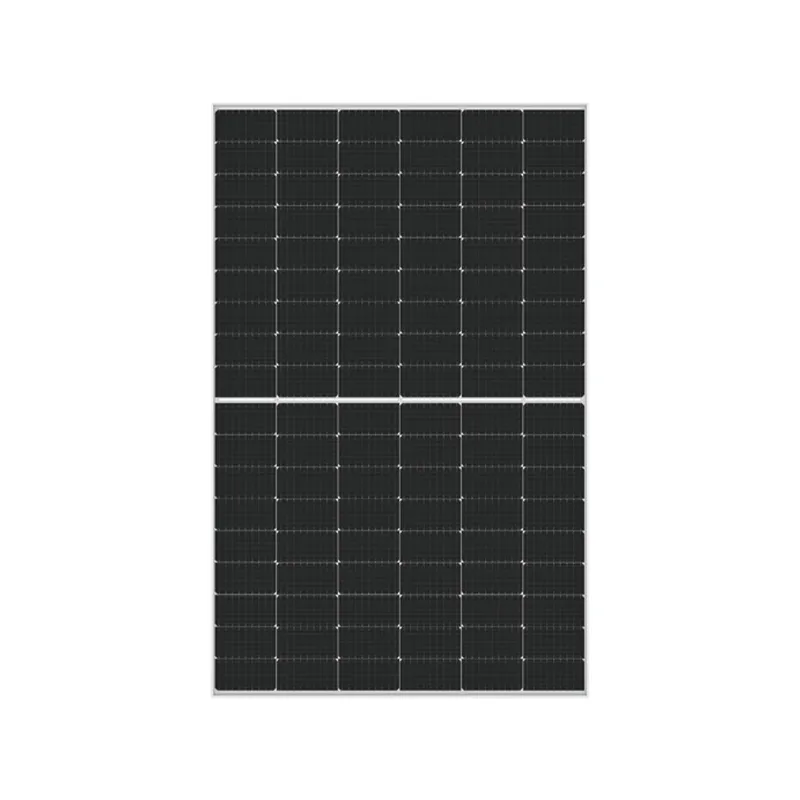Understanding Solar Panel Dimensions and Cost Factors for Your Energy Needs
Understanding Solar Panel Sizes and Prices A Comprehensive Guide
In recent years, the demand for solar energy has surged dramatically. As more homeowners and businesses seek to reduce their carbon footprint and save on energy costs, understanding solar panel sizes and prices has become increasingly important. In this article, we will explore the various factors that influence the size and price of solar panels and what potential buyers need to consider when making a purchase.
Solar Panel Sizes
Solar panels come in a variety of sizes and wattage outputs, typically ranging from 250 watts to 400 watts per panel. The most common residential solar panel size is about 65 inches by 39 inches, which can produce between 300 to 350 watts. However, size can vary based on the manufacturer and the technology used.
1. Standard-size Panels Commonly used in residential installations, standard panels usually measure around 60 cells in a grid layout. These panels are suitable for most rooftops and are a practical choice for homes with moderate energy consumption.
2. Large Panels Larger panels, often referred to as 72-cell panels, are typically used in commercial settings due to their higher output. These panels measure approximately 78 inches by 39 inches and can produce between 350 to 400 watts. They occupy more space but can be more cost-effective in terms of production and installation costs per watt.
3. Thin-Film Panels A more recent technology, thin-film panels are lightweight and flexible, making them ideal for unconventional installations. However, they are generally less efficient than traditional silicon-based panels and will typically require more surface area to generate the same amount of power.
The Price of Solar Panels
The cost of solar panels can vary widely based on several factors, including size, wattage, brand, and technology. As of the latest data, the average price of solar panels in the United States ranges from $2.50 to $3.50 per watt, although prices can fluctuate based on location and installation specifics.
solar panels sizes and prices

1. Installation Costs The cost of installation can significantly impact the total price of a solar panel system. Labor costs vary by region but typically account for 15% to 25% of the total installed cost. It's essential to consider this when budgeting for a solar panel system.
2. Choosing the Right Technology The technology behind solar panels also affects pricing. For instance, monocrystalline panels tend to be more expensive due to their higher efficiency and longer lifespan, while polycrystalline panels offer a more budget-friendly option but at the cost of slightly lower efficiency.
3. Incentives and Rebates Many local, state, and federal incentives can help offset the cost of solar panel installation. The Federal Investment Tax Credit (ITC) allows homeowners to deduct a significant percentage of installation costs from their federal taxes, providing a substantial financial incentive for going solar.
Determining Your Needs
Before purchasing solar panels, it is crucial to assess your energy needs. Start by evaluating your average monthly electricity usage to determine how much power you will need your solar system to generate. This calculation can help you estimate the size of the solar panel array required for your specific situation.
Additionally, consider the available roof space. If you have limited roof space, high-efficiency panels might be a better choice, as they produce more electricity per square foot. Conversely, if you have abundant roof space, you may opt for larger or less efficient panels that are more affordable.
Conclusion
Investing in solar panels is a significant decision that involves understanding the various sizes, types, and prices available in today’s market. By evaluating your energy needs, analyzing the costs associated with different panel types, and factoring in potential incentives, you can make an informed decision that maximizes your savings and contributes to a sustainable future. As technology continues to advance and costs decrease, the prospect of harnessing solar energy becomes more accessible than ever, paving the way for a greener planet and lower energy bills. Whether you are a homeowner looking to reduce energy costs or a business aiming to enhance sustainability, understanding solar panel sizes and prices is a vital first step in your solar journey.
-
String Solar Inverter: The High-Efficiency Solution for Smart Solar EnergyNewsJul.14,2025
-
Revolutionizing Rooftop Energy with the Power of the Micro Solar InverterNewsJul.14,2025
-
Power Independence with Smart Off Grid Solar Inverter SolutionsNewsJul.14,2025
-
On Grid Solar Inverter: Powering the Future with Smart Grid IntegrationNewsJul.14,2025
-
Monocrystalline Solar Panels: High-Efficiency Power for the Future of Clean EnergyNewsJul.14,2025
-
Bifacial Solar Panel: A Smarter Investment for Next-Generation Energy SystemsNewsJul.14,2025







